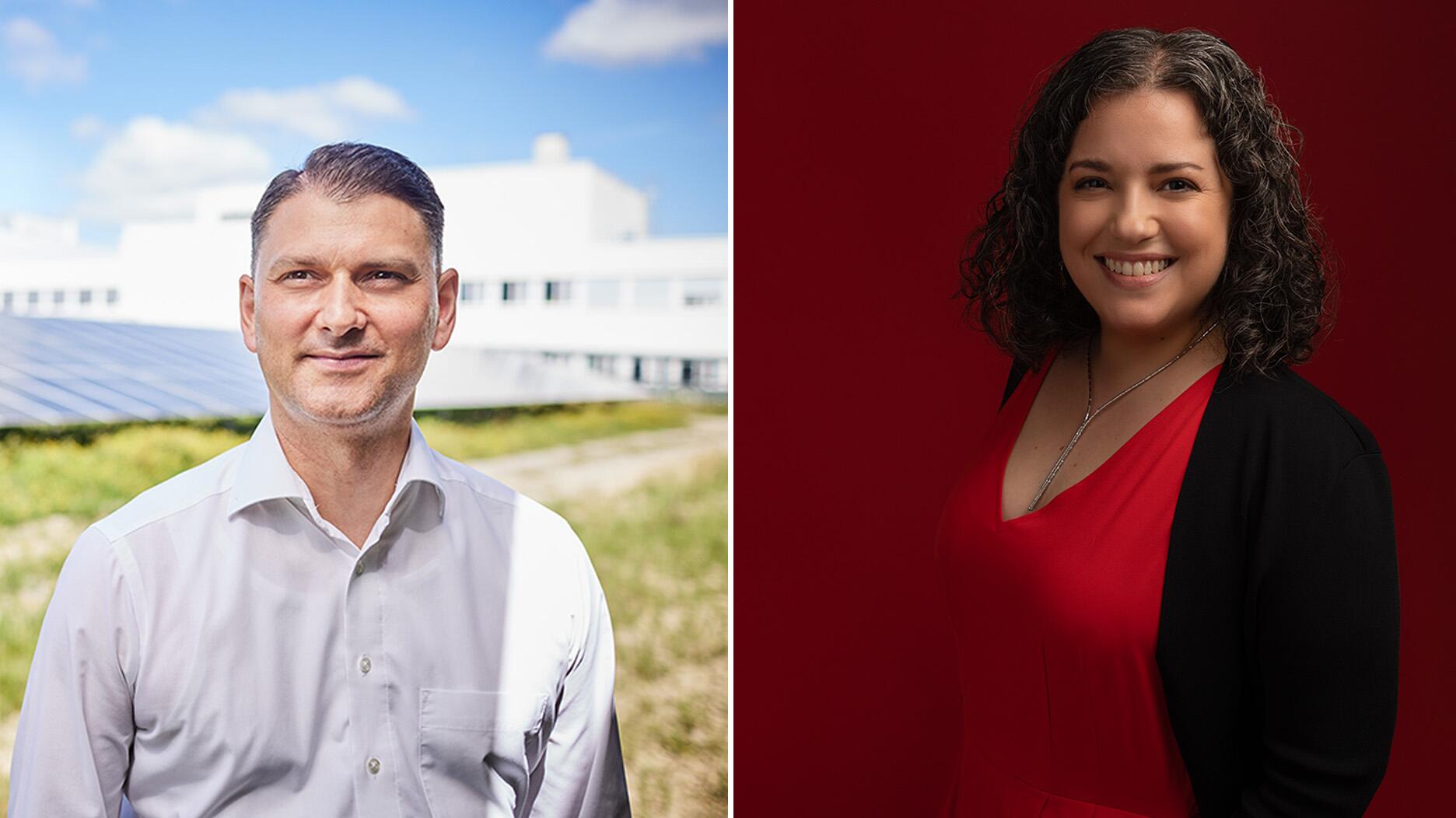Berta de Pablos-Barbier will replace Alexander Lacik at the start of January, two months earlier than expected.
Colorado spill renews calls for mining law reform
The breach that turned a Colorado river orange this week has environmental groups and some lawmakers stressing the need to overhaul the 143-year-old law that still governs hard-rock mining.

Silverton, Colo.--The breach that turned one Colorado river into a ribbon of orange this week has renewed calls from environmental groups and lawmakers to reform the 143-year-old law that still governs hard-rock mining in the United States.
The trouble started Aug. 5 when a members of a U.S. Environmental Protection Agency cleanup crew who were, ironically, investigating ongoing water releases from the Gold King Mine broke a dam that was holding back wastewater, the EPA acknowledged in a statement.
The Gold King Mine was active from the 1880s to the 1920s.
The breach resulted in 3 million gallons of water contaminated by mercury, lead, arsenic and cadmium to spill into Cement Creek, a tributary of the 126-mile long Animas River, which runs from Colorado into New Mexico. The Animas empties into the San Juan River, which then flows west, eventually joining the Colorado River in Utah.
The pollutants turned portions of the river the color of mustard and, as of Thursday afternoon, had reached as far as Utah.
In a statement released Wednesday, the EPA stated that the quality of the water in some stretches of the river had returned to “pre-event” levels but that it would continue to monitor it. A number of environmental experts have said it is too early to determine what the long-term impacts of the spill could be.
As the toxic orange water wound its way westward, environmental groups and the media renewed their calls for reform to the law that governs hard-rock mining on federal public lands in the U.S., the 1872 Mining Law.
On Thursday, both the Los Angeles Times and The New York Times published op-eds about the impact of mine spills on the environment, with the New York Times calling the 143-year-old mining law a “destructive relic.”
The law allows hard-rock miners, miners of materials such as gold, silver and copper, to extract minerals on federal public lands without paying any federal royalties, which is unlike other industries such as coal, oil and gas, said Bonnie Gestring, the Northwest program director for environmental group Earthworks.
This leaves the hard-rock mining industry in the U.S. without a dedicated source of funding for mine cleanup.
Earthworks, along with other environmental groups and some members of Congress, want to see a new law drafted that would put a royalty system in place, with those funds earmarked specifically for the
The National Mining Association, a trade association representing the industry, is among those that have spoken out against proposed changes to the 1872 law in the past.
On Thursday, NMA spokesman Luke Popovich said that while it’s true the same law has been on the books since 1872, many environmental regulations that impact hard-rock mining have been passed since that time.
He said the mining industry feels that there is enough regulation and while it supports a “modest royalty,” one that is too high--such as the 8 percent royalty on new mines proposed in the most recent legislation designed to overhaul the old mining law, from U.S. Rep. Raúl Grijalva (D-Ariz.)--will drive mining companies out of the U.S.
Popovich said they would then mine much-needed minerals elsewhere, in countries with far fewer environmental regulations.
“We favor a modest royalty. They (environmental groups and others in support hard-rock mining reform) have not favored the royalties we want,” he said.
When asked if the royalty funds should be used to clean up old mines, he said, “Whatever the government feels they need to use it for, that’s obviously up to the government.”
Grijalva’s bill was introduced in February and currently is in committee in the House.
The Latest

Sotheby’s held its first two jewelry sales at the Breuer building last week, and they totaled nearly $44 million.

Winners will receive free registration and lodging for its fourth annual event in Detroit.

How Jewelers of America’s 20 Under 40 are leading to ensure a brighter future for the jewelry industry.

Here are six ideas for making more engaging content for Instagram Reels and TikTok, courtesy of Duvall O’Steen and Jen Cullen Williams.


The honorees include a notable jewelry brand, an industry veteran, and an independent retailer.

Carlos Jose Hernandez and Joshua Zuazo were sentenced to life without the possibility of parole in the 2024 murder of Hussein “Sam” Murray.

Roseco’s 704-page catalog showcases new lab-grown diamonds, findings, tools & more—available in print or interactive digital editions.

The New Orleans jeweler is also hosting pop-up jewelry boutiques in New York City and Dallas.

Set in a Tiffany & Co. necklace, it sold for $4.2 million, the highest price and price per carat paid for a Paraíba tourmaline at auction.

The jeweler’s “Deep Freeze” display showcases its iconic jewelry designs frozen in a vintage icebox.

Take luxury gifting to new heights this holiday season with the jeweler’s showstopping 12-carat sphene ring.

This year's theme is “Unveiling the Depths of the Ocean.”

In its annual report, Pinterest noted an increase in searches for brooches, heirloom jewelry, and ‘80s luxury.

Starting Jan. 1, customers can request the service for opal, peridot, and demantoid garnet.

The 111-year-old retailer celebrated the opening of its new location in Salem, New Hampshire, which is its third store in the state.

The new catalog features its most popular chains as well as new styles.

The filmmaker’s personal F.P. Journe “FFC” prototype was the star of Phillips’ recent record-setting watch auction in New York.

The new location in the Design District pays homage to Miami’s Art Deco heritage and its connection to the ocean.

Inflations, tariffs, and politics—including the government shutdown—were among consumers’ top concerns last month.

“Longtime favorite” presenters, as well as first-time speakers, will lead talks and workshops at the annual event in Tucson next year.

Silas Smith of Meridian Metalworks won the challenge with his pendant that blends Australian and American landscapes.

The sale of the 31.68-carat, sunset-hued stone was part of Sotheby’s first series of events and auctions in Abu Dhabi.

Most customers who walk into your store this month have made up their minds. Your job is to validate their choice, Emmanuel Raheb writes.

The collection features characters and motifs from Ukrainian folklore, including an enchanted mirror and a magic egg.

MatrixGold 3.11, the newest version of the jewelry design program, offers more flexibility, precision, and creative control.

The pavilion will be part of the 2026 JA New York Spring show, scheduled for March 15 to 17.


























